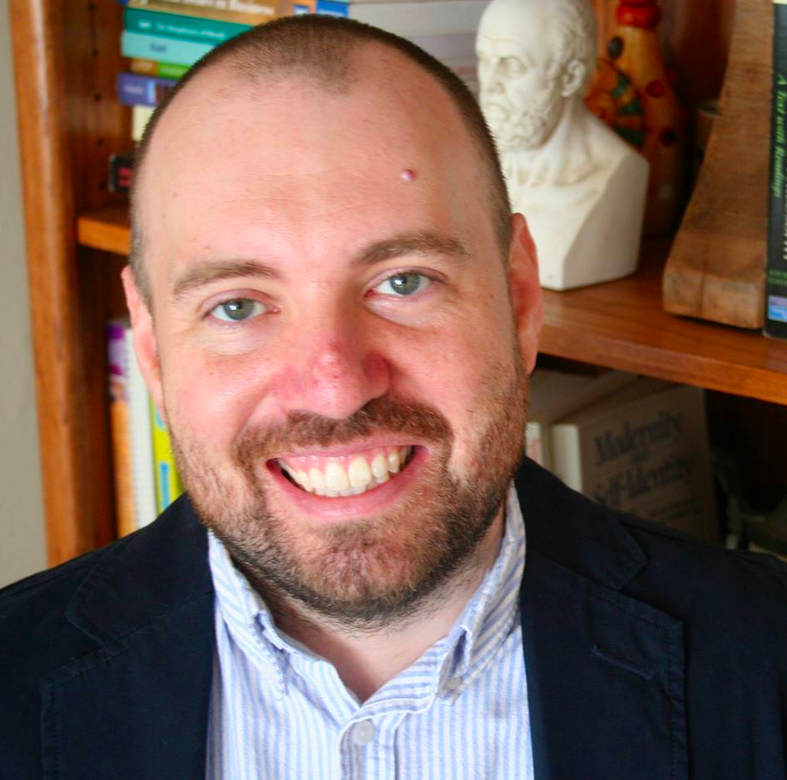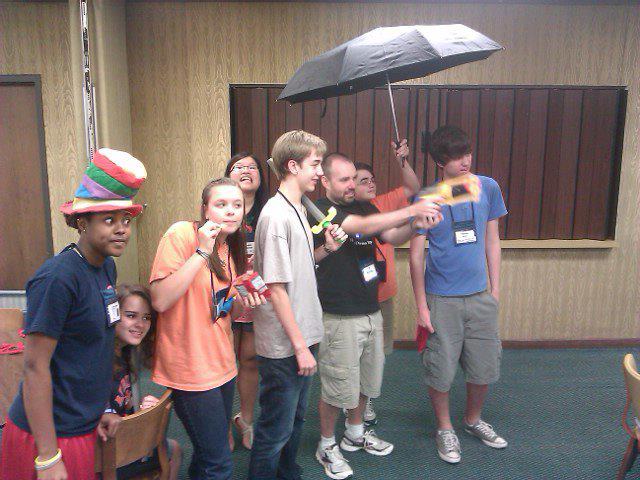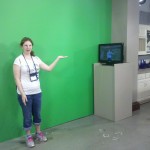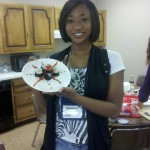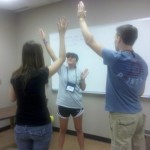In order to keep the activity a surprise, we simply named our session: “Options with J.J. and Lea”. When it was time to sign up, dozens of students, many who were not in either of our classes, ran toward our sign-up sheet, eager to trust us and follow us down an entirely unknown path. It was then that I knew this summer had changed both me and my views on teaching forever.
In the summer of 2012, my partner Lea and I were both instructors at the 3 week residential program for high school gifted students: Mississippi Governor’s School. I was teaching a major course on the philosophy of aesthetics for which my students would receive college credit, a minor course on using technology as a tool for change, and facilitating a leadership group.
During these three weeks my students worked hard and learned a great deal as we applied aesthetics to a wide variety of topics. Many tasted sushi for the first time as they made their own, while discussing the possibility of food as art. We visited the local cemetery to reflect on the beauty of the tombstone. At the local news station, students stood in front of the green screen and got to practice being a weather person. We visited antebellum homes to observe the architecture. We also worked together to volunteer for community service projects during the weekend.
Additionally, there were opportunities known as “Options” that allowed faculty and staff to create a one-off two-hour session on any topic, intended to be more fun and less academically rigorous than the main courses. Some of the sessions played board games or taught knitting, others watched an episode or Doctor Who or taught dance. This course presented the perfect opportunity for Lea and I to collaborate on an activity with the students and have some fun. Instead of explaining what we’d be doing like all of the other sessions, we simply named it “Options with Lea and J.J.” and our session still quickly filled up. The students’ willingness to join us on this unknown path signaled to me how much they already trusted us, but the actual session helped bring that trust to new levels.
Words can’t adequately describe what transpired during our session, but it featured Nerf guns, an inflatable elephant, forts, Bubble Tape, air cannons, silly string, cell phone poetry, glow sticks, and more. It was, simply, an opportunity for play – for all of us, Lea, myself, and the students to truly be ourselves, to be silly, and to have fun together.
The trust that was generated during that hour as we all risked being ourselves and letting our guard down reverberated throughout the academic classroom for the rest of that summer. I was asking these high school students to truly challenge themselves by thinking seriously about tough topics like death, to eat “weird” foods, to dance with each other, and ultimately, to learn more about not only themselves, but the world around them. The level of trust that grew out of that Options session fostered the most open, collaborative, and participatory classroom environment in which I’ve ever been.
That summer was the best teaching experience I’ve ever had. It was then that I realized how important it is to risk being myself in the classroom and to risk lowering my guard and letting my students see a fuller picture of who I am as a person. When we can be comfortable being ourselves in the classroom, we can be comfortable pushing ourselves intellectually and academically and asking our students to trust us as we move down that path together. A little trust goes a long way.
